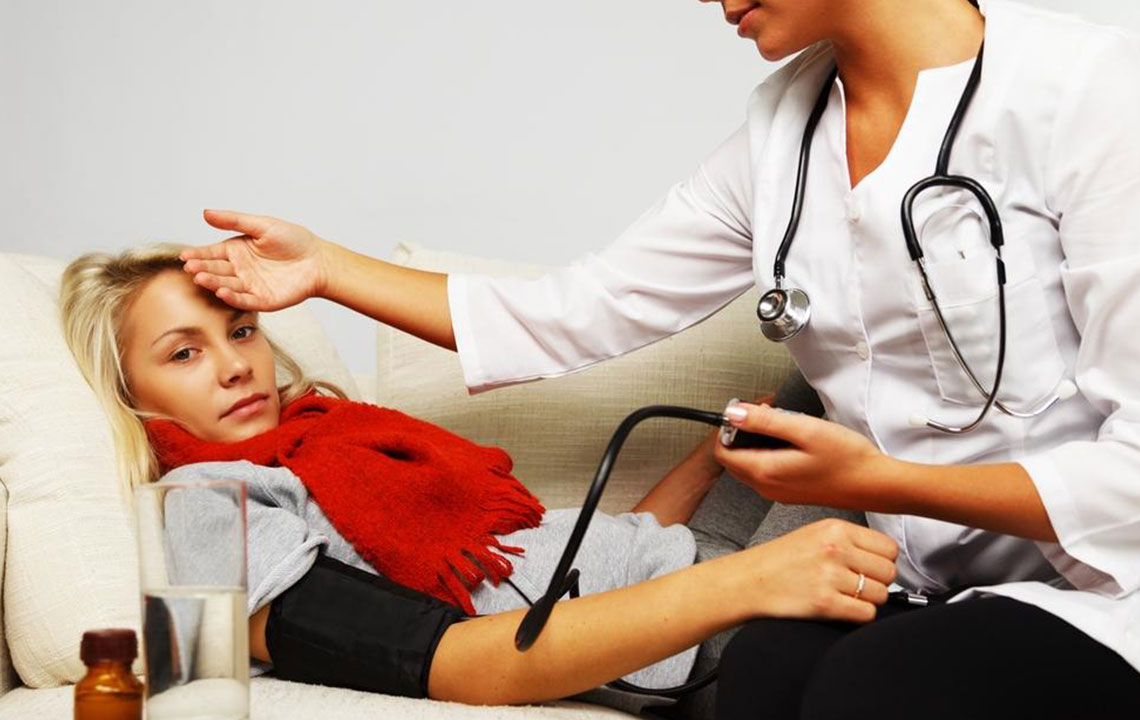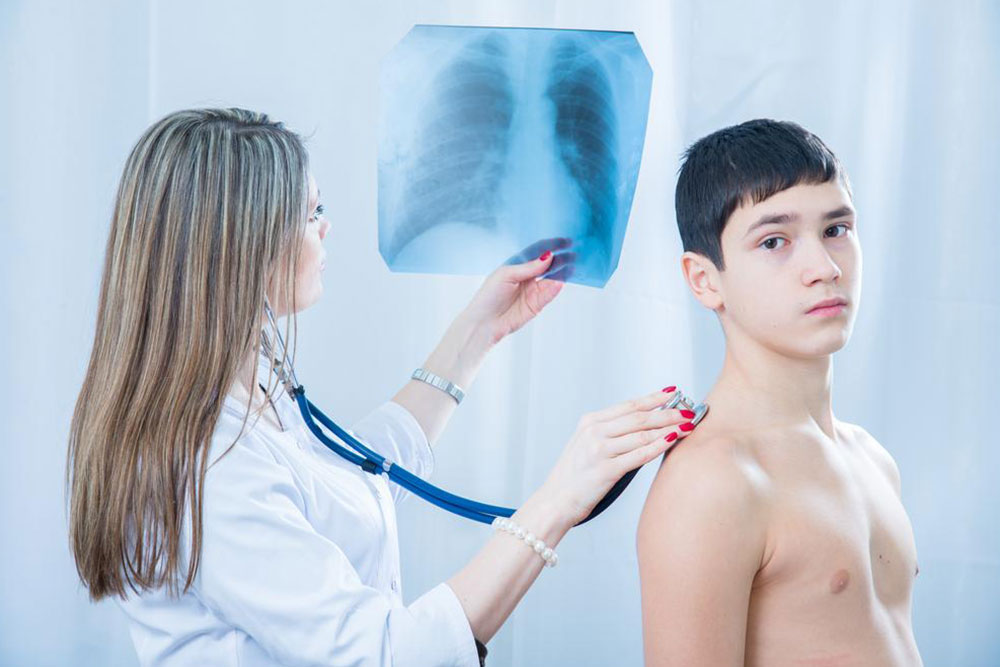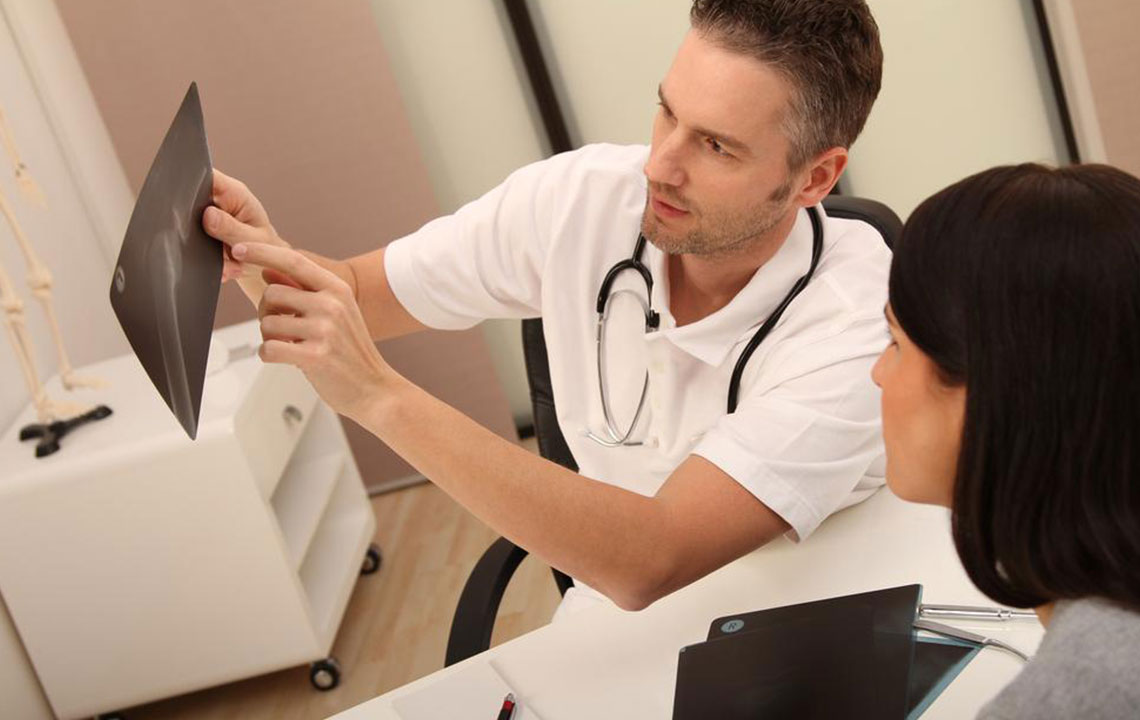Comprehensive Guide to Pneumonia: Causes, Symptoms, and Effective Prevention Methods
This comprehensive guide explores pneumonia in detail, covering its causes, symptoms, and effective prevention methods. Understand the different types of pneumonia, recognize early signs, and learn practical tips to reduce risk and stay healthy during peak seasons. Emphasizing vaccination, hygiene, and lifestyle choices, this article aims to equip readers with vital knowledge to combat this serious lung infection and protect vulnerable populations.

Comprehensive Guide to Pneumonia: Causes, Symptoms, and Effective Prevention Methods
Understanding Pneumonia: An In-Depth Overview of Causes and Symptoms
As colder seasons approach, health concerns such as colds, influenza, and pneumonia tend to rise. While these illnesses can strike at any time of the year, their prevalence peaks during the winter months. Understanding pneumonia—its types, risk factors, clinical signs, and prevention strategies—is crucial for maintaining good health and avoiding severe complications. This comprehensive guide aims to educate readers on pneumonia, demystify its causes, and provide effective methods to prevent this potentially dangerous infection.
What is Pneumonia?
Pneumonia is an acute infection that affects the lungs, specifically inflaming the alveoli—the tiny air sacs responsible for oxygen exchange. When these sacs become inflamed, they fill with pus, fluid, or other cellular debris, impairing the lungs’ ability to oxygenate the blood effectively. This condition can vary significantly in severity, ranging from mild discomfort to life-threatening emergencies. Infants, young children, the elderly, and individuals with compromised immune systems are particularly vulnerable to severe symptoms and complications.
People with weakened immune defenses, such as those suffering from chronic illnesses or undergoing immunosuppressive treatments, are at a markedly increased risk of developing pneumonia. Similarly, age plays a critical role—adults over 65 and infants are more susceptible. Infection occurs when pathogenic microorganisms invade the lungs, causing the alveoli to fill with pus or fluid. This inflammation results in symptoms such as chest pain, cough, breathing difficulty, and fatigue, which can significantly impair daily functioning and overall health if not promptly treated.
There are numerous microorganisms responsible for causing pneumonia, primarily transmitted through airborne routes. These include bacteria, viruses, fungi, and atypical organisms known as mycoplasmas. The body's ability to defend against these microbes depends on its immune strength; immune deficiencies or chronic health conditions can severely diminish this capability. Consequently, pneumonia often occurs as a complication of other illnesses or in immunocompromised individuals. Understanding the different types of pneumonia and their origins is vital for proper diagnosis and treatment.
Types of pneumonia are classified based on the causative organism and the setting where infection was acquired. The main categories include:
Bacterial pneumonia: Usually caused by Streptococcus pneumoniae, but other bacteria like Chlamydophila pneumoniae or Legionella pneumophila can also be responsible. Bacterial pneumonia tends to have a sudden onset, with symptoms such as high fever, chills, and productive cough.
Viral pneumonia: Triggered by respiratory viruses, including influenza virus, respiratory syncytial virus (RSV), and coronaviruses. Viral pneumonia is often milder and may resolve on its own, but in some cases, it can lead to severe respiratory distress.
Mycoplasma pneumonia: Caused by mycoplasmas, these atypical bacteria possess characteristics of both bacteria and viruses. Typically causing milder illness, mycoplasma pneumonia mostly affects older children and young adults, often presenting with persistent dry cough and mild fever.
Fungal pneumonia: Results from inhaling fungal spores present in soil, bird droppings, or decaying organic matter. It primarily affects individuals with weakened immune systems. Pneumocystis jirovecii pneumonia (PCP) is a well-known fungal form that predominantly infects immunocompromised patients, such as those with HIV/AIDS or undergoing cancer treatments.
In addition to causative agents, pneumonia is classified based on where the infection was contracted:
Community-acquired pneumonia (CAP): This is the most common form, acquired outside healthcare settings. It often follows viral infections like the flu and tends to be more prevalent during winter. Symptoms usually develop quickly and may necessitate hospitalization depending on the severity.
Hospital-acquired pneumonia (HAP): Occurs in patients during or after a hospital stay, especially in those with other underlying health conditions. HAP is often more severe due to resistant bacterial strains and can be difficult to treat.
Healthcare-associated pneumonia (HCAP): Acquired in healthcare environments such as clinics, nursing homes, and outpatient dialysis units. Patients in these settings are at increased risk owing to frequent exposure to potentially infectious agents.
Understanding the clinical presentation of pneumonia is key for early diagnosis and management. Symptoms can range from mild to severe and often vary based on age, health status, and the infectious organism involved. Common signs and symptoms include:Persistent chest pain, especially during coughing or deep breathing
Altered mental state or confusion, notably in older adults
Productive cough with or without mucus
Extreme fatigue and muscular weakness
Fever with chills and excessive sweating
Low-grade temperature or hypothermia in some cases
Nausea, vomiting, diarrhea in certain populations
Difficulty breathing or shortness of breath
In early stages, pneumonia symptoms may resemble those of a common cold or influenza, but they tend to last longer and worsen over time if untreated. In infants, symptoms can be subtle yet dangerous, including vomiting, lethargy, poor feeding, and difficulty breathing. Recognizing these signs early is crucial for timely intervention.
Is Pneumonia Contagious?
Pneumonia itself is not directly contagious; however, the pathogens responsible—namely bacteria and viruses—are highly transmissible through droplets expelled when coughing, sneezing, or close contact. Therefore, avoiding close contact with infected individuals, practicing diligent hand hygiene, and wearing masks can significantly reduce transmission risk.
Preventive Measures and Tips
Preventing pneumonia involves a combination of vaccination, lifestyle choices, and good hygiene practices. Key preventive measures include:
Vaccination: Immunizations such as the pneumococcal vaccine and influenza vaccine play a vital role in reducing the risk of pneumonia. Immunization is especially recommended for high-risk groups, including the elderly, young children, and individuals with chronic illnesses.
Maintaining Good Hygiene: Regular handwashing with soap and water or using alcohol-based hand sanitizers can significantly cut down pathogen spread. Covering coughs and sneezes appropriately prevents transmission to others.
Avoid Smoking: Smoking damages lung tissues and impairs immune function, increasing susceptibility to respiratory infections. Quitting smoking can greatly enhance lung health and reduce pneumonia risk.
Strengthening Immunity: Adequate sleep, balanced nutrition rich in vitamins and antioxidants, and regular physical activity bolster the immune system, making it more capable of fighting infections.
Environmental Precautions: Minimize exposure to mold, dust, and other environmental irritants that can impair lung function and increase infection susceptibility.
Additionally, timely medical attention for flu symptoms and chronic health conditions can prevent complications and secondary pneumonia development. In conclusion, understanding pneumonia’s causes, symptoms, and prevention strategies is vital for safeguarding individual and public health, especially during the winter season when the risk is heightened.




